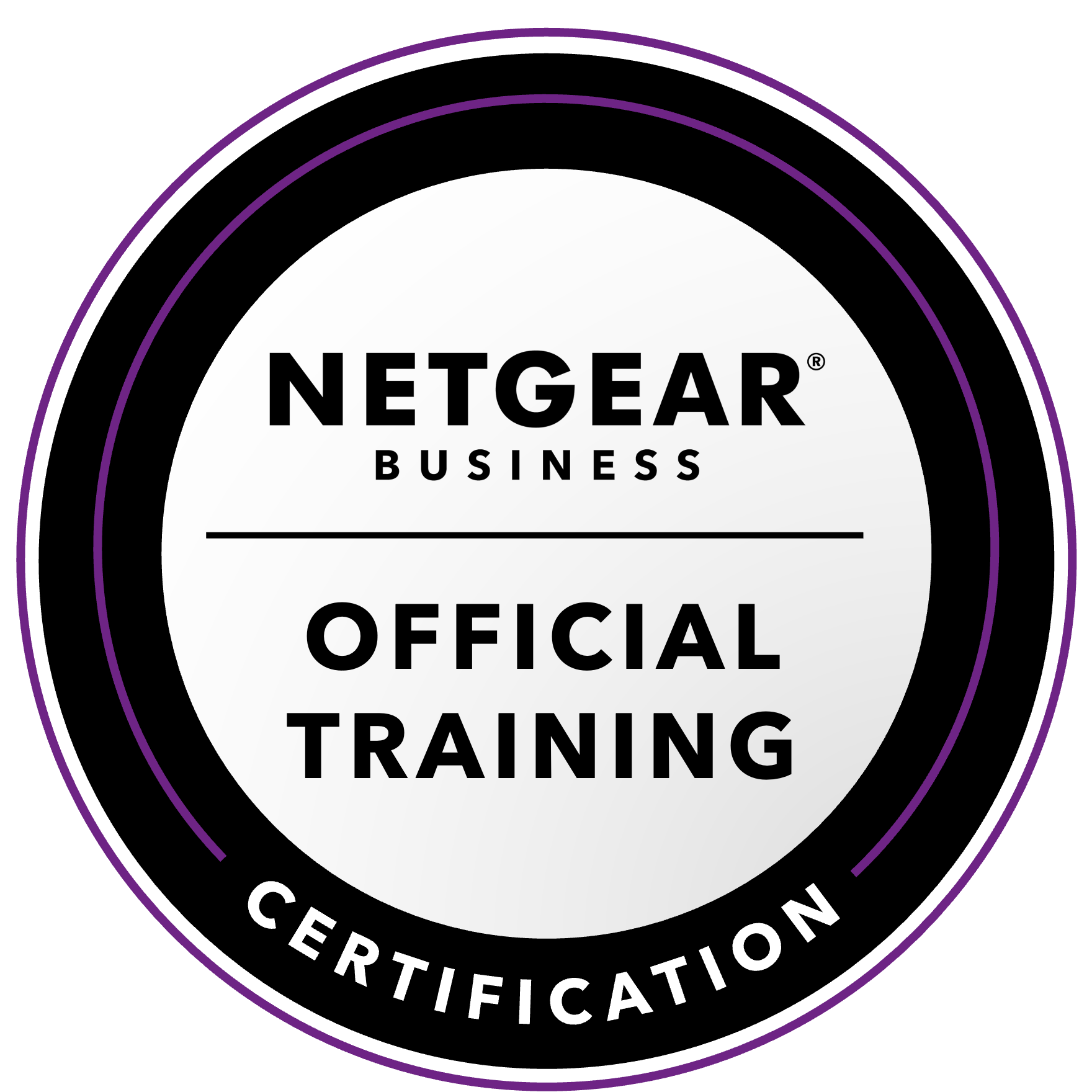NETGEAR is aware of a growing number of phone and online scams. To learn how to stay safe click here.
Forum Discussion
BaJohn
Jan 27, 2016Virtuoso
WordPress and FTPing to and from it.
Using Windows 10 and CoreFTP, having setup FTP on my ReadyNAS RN516. Running CoreFTP (as the ReadyNAS admin user) it seems to connect okay but does not show any files whatsoever at the other end....
- Jan 28, 2016
If you only want FTP on the local LAN then there is no need to figure out what masquerading does. But I'll tell you anyway :smileysurprised:
With passive mode FTP, the server sends the client the IP address and port numbers for the data connections. If the NAS has a public internet address, then that is fine. But when your FTP server is behind a NAT, then your client can't use the local IP address over the internet. Instead it needs to use the public IP address of the NAS router.
There are two solutions - one in the client, and one in the server.
Some clients detect that the IP address isn't routable (e.g., is 192.168.xxx.xxx or one of the other private address spaces), and simply substitute the public address of the control connection. Basically they ignore the IP address they get from the server, and only use the port number. FileZilla does that (so I don't need masquerading in the server).
The server solution is simply to sent the router IP instead of the local LAN IP. That's what masquerading does. You enter a DNS name or IP address, and it uses that instead of the local LAN address.
BaJohn wrote:
My goal is to FTP to the WordPress folder /apps/wordpress/web/wp-content/ to easily upload and change items in WordPress on the NAS.
How do I arrange a share that covers that folder?
The best way is to create a wordpress share on the NAS, and copy the /apps/wordpress/web/wp-content/ contents to it. Then create a symlink in /apps/wordpress/web/ called wp-content that points to the new share (deleting the wp-content folder).
Then you have all the normal access controls on the folder.
StephenB
Jan 27, 2016Guru - Experienced User
Did you try filezilla (just to try to rule out coreftp itself)?
Are you running over the internet, or on your local lan? Not forwarding passive ports will make it impossible for the FTP client to see the folders (the login succeeds, but the data commands all fail).
- BaJohnJan 27, 2016Virtuoso
Re StepheB's
"Did you try filezilla (just to try to rule out coreftp itself)?
Are you running over the internet, or on your local lan? Not forwarding passive ports will make it impossible for the FTP client to see the folders (the login succeeds, but the data commands all fail)."
Never used filezilla, as I have been using CoreFTP for many years and trust it.
I am running (this particular FTP) over the local LAN, so expect it to be easier than the Internet:)
Was the bit about forwarding passive ports to do with loacl LAN. More info please.
- StephenBJan 27, 2016Guru - Experienced User
BaJohn wrote:
Was the bit about forwarding passive ports to do with loacl LAN. More info please.
No, the passive port forwarding is needed for NAT traversal when you are accessing over the internet.
In "active mode" FTP (the original protocol), the client establishes a control connection to the server. Then the server establishes data connections back to the client. That fails if the client is behind a firewall (because the user of the client generally can't open ports in the firewall of whatever local router/proxy they are using - think starbucks...)
So "passive mode" FTP was invented. The client establishes both the control connection to the server and the data connections to the server. All port forwarding then is shifted to the server, where there is an administrator who can set that up. To get it to work, you need to select a smaller passive port range in the NAS, and forward that range of ports in the router. There is also a related setting for "masquerading" (which honestly is needed because the passive mode protocol was mis-designed). Some clients can work around that flaw (filezilla is one, I don't know about coreftp).
If the connection itself succeeds, but folder listings and data transfers fail, then it is often because the data connections are failing.
- BrianL2Jan 27, 2016NETGEAR Employee Retired
Hi BaJohn,
Just tested this with the following settings (port forwarded 21 in my firewall) and it worked fine.


Hope this helps!
Kind regards,
BrianL
NETGEAR Community Team
Related Content
NETGEAR Academy

Boost your skills with the Netgear Academy - Get trained, certified and stay ahead with the latest Netgear technology!
Join Us!
